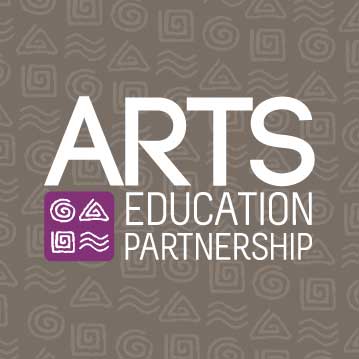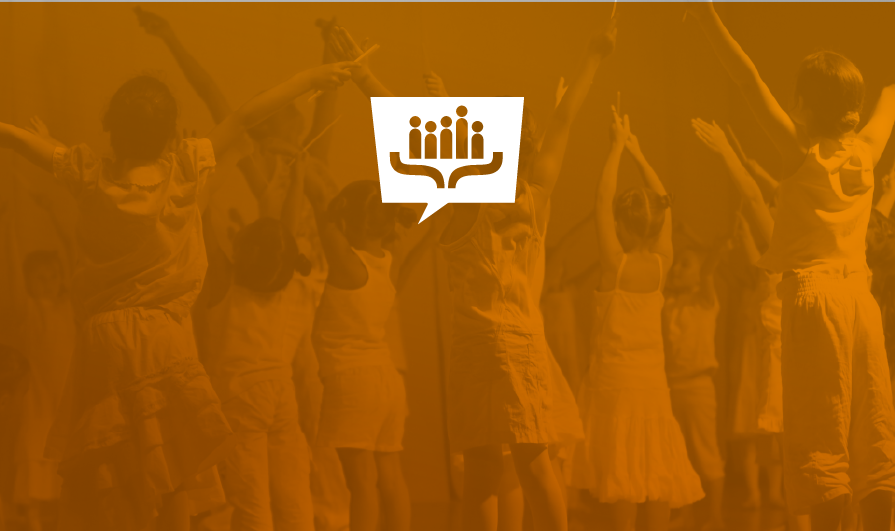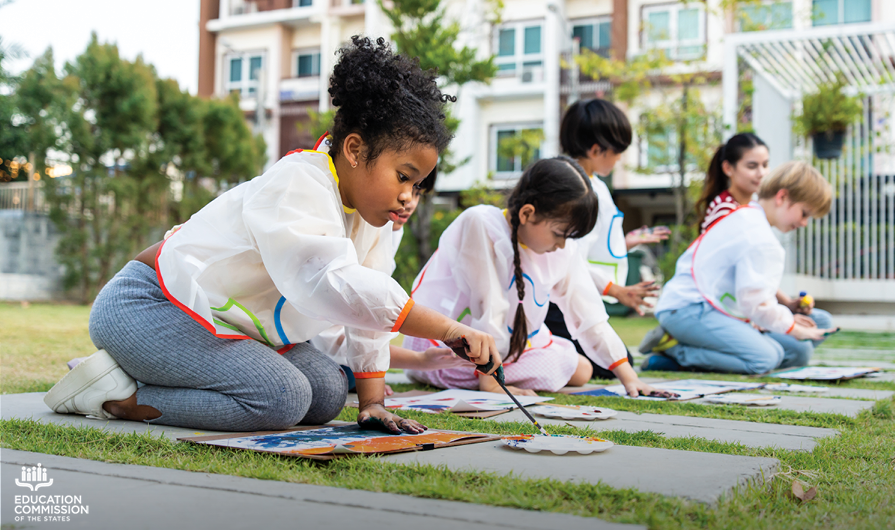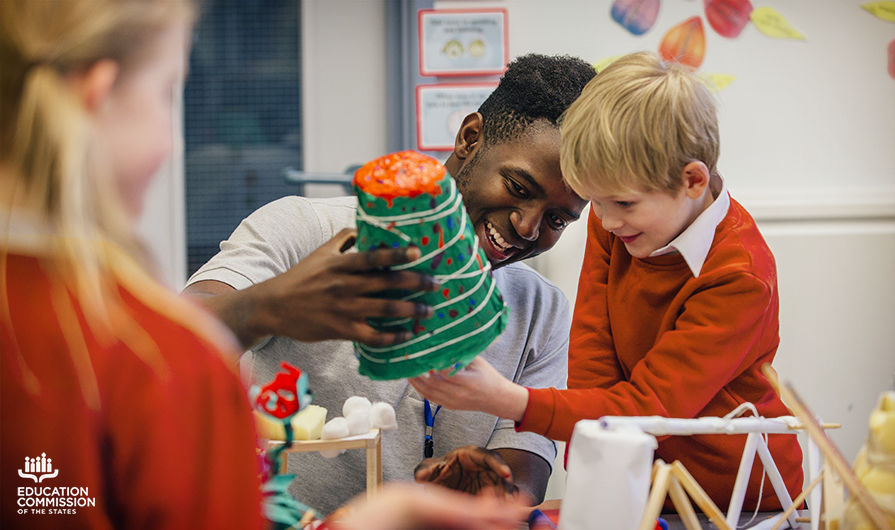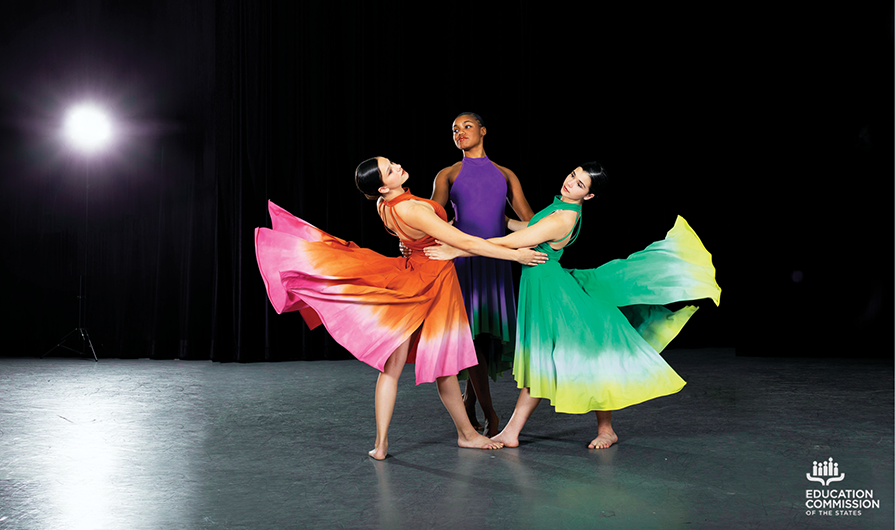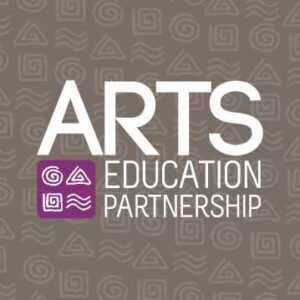
Every year, the Arts Education Partnership evaluates its current scope of work to ensure its focus remains timely and topical. This year, AEP has been fortunate enough to secure increased federal support from the National Endowment for the Arts and the U.S. Department of Education to pursue two new focus areas: school choice and STEAM (science, technology, engineering, arts and mathematics).
These two topics are unlikely to come as a surprise, given the significant national attention to school choice and STEM education. What might seem surprising, though, is the intersection with the arts.
To bridge arts education with these emerging areas, AEP will seek to evaluate what research and policy information exists; which schools, districts and states have current practices; and what has yet to be discovered. We will need the input of stakeholders across the education spectrum to ensure that our analyses are robust and comprehensive.
Considerations for school choice
School choice offers new opportunities for creativity and innovation outside the traditional school model. To date, close to 3.5 million students attend nearly 4,300 magnet schools; over 3.1 million students attend nearly 6,900 charter schools; and roughly 500,000 students receive a private education. Open enrollment offers even more choices in many metropolitan areas. With additional options, parents and students will likely focus more on the nuances between schools as they determine the best educational experience and environment. This context poses a few key questions for arts and education stakeholders:
What, if any, research exists on a link between school choice and arts education?
What, if any, state policies exist that connect arts education and school choice?
What is the overall state policy landscape for school choice and the arts?
AEP seeks to answer these questions, among others, to support state education policymakers in better understanding the impact of school choices on arts education.
Considerations for STEAM
The 21st century economy demands a workforce that is not only proficient in STEM fields, but one that is creative, interdisciplinary and prepared to respond innovatively to real-world problems. The arts bring the essential component of creative thinking to STEM, which directly impacts innovation — from early childhood experiences in learning numbers, shapes and colors to workforce endeavors, such as apps, phones and smart cars. As a response, arts and education stakeholders across the country are giving increased attention to the role of the arts in STEM to create STEAM.
Since 2017, AEP and Education Commission of the States have highlighted the importance of arts integration by addressing deeper learning skills, considering opportunities for the arts in the Every Student Succeeds Act and reporting strategies for preparing educators and leaders for effective arts integration.
But some argue that arts integration is only one facet of STEAM and that STEAM is a broader, more inclusive paradigm, focused on interdisciplinarity, creativity and project-centered thinking.
Over the next year, AEP hopes to contribute to the conversation around STEAM by defining quality STEAM education, highlighting states leading the way for STEAM and identifying state policies for promoting effective STEAM education.
This timely endeavor will require input from stakeholders from across the education policy spectrum. We hope that you consider this blog post an invitation to share your ideas, questions, research and model programs in school choice and STEAM.
What work are you doing in your state to uplift the arts in school choice?
Do you know of any programs leading the way for STEAM?

